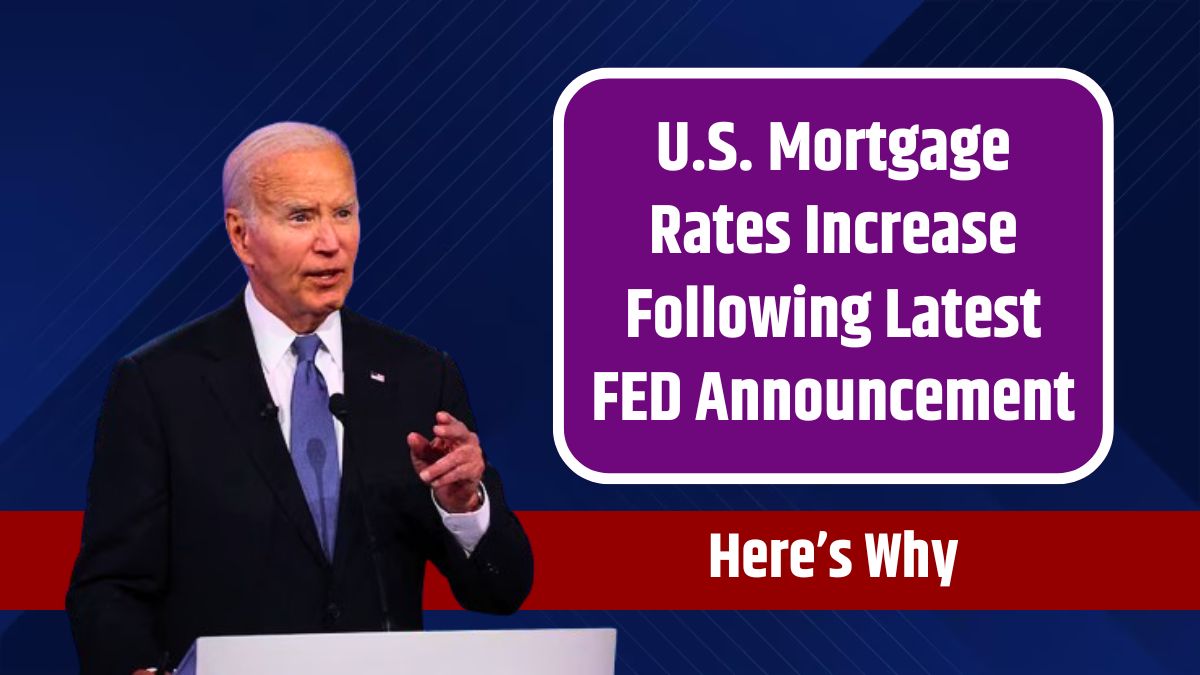Mortgage rates have risen, despite recent rate cuts from the Federal Reserve. The initial optimism following the Fed’s summer cuts led many to believe that borrowing would become more affordable.
Rates dipped to a low of 6.08% in September, only to climb back to 6.54% in October. Although this rate is below the peak 7.22% recorded in early May, it remains high enough to discourage many potential buyers, casting a chill over the real estate market.
Market Slowdown
The National Association of Realtors (NAR) reported a notable market slowdown, with existing home sales dropping by 1% in September to a seasonally adjusted annual rate of 3.84 million—the lowest level since 2010. Mortgage applications have also seen a sharp decline, according to data from the Mortgage Bankers Association. Several factors contribute to this market lull, but rising mortgage rates and the resulting cost of monthly payments stand out as the main deterrents for buyers.
The market tends to slow down as the school year starts, with families avoiding moves that could disrupt children’s routines. Additionally, fall weather often brings fewer listings and less buyer activity. However, prospective buyers are also waiting in hopes of more substantial rate reductions in the coming months, as indicated by the Fed’s hints at further cuts.
| Metric | September 2023 | October 2023 (Average) | Peak (May 2023) |
|---|---|---|---|
| 30-Year Fixed Mortgage Rate | 6.08% | 6.54% | 7.22% |
| Existing Home Sales (millions) | 3.84 | — | — |
Economic Uncertainty
For many families, mortgage rates determine their ability to buy a home, as higher rates directly increase monthly payments, which can strain family finances. One example is Kimberly, a caseworker in North Carolina, who, with her partner Zach, a U.S. Postal Service worker, would like to buy a home for their young family but is hesitant due to current rates. Kimberly worries about being locked into a high rate: “I don’t want to refinance. I want to have a good rate from the start.” Living paycheck to paycheck without a down payment saved, the family feels uncertain about whether now is the right time to buy.
Ken Lowrey, another would-be homeowner in Charleston, South Carolina, feels similarly. He sees owning a home as an important step toward stability, but rising rental costs and medical debt prevent him from saving for a down payment. Ken has also put other major life goals on hold, such as starting a family and saving for retirement, due to financial uncertainty. For buyers like Ken, entering the housing market amid high rates is a daunting prospect.
Economic Strength
Sam Khater, Freddie Mac’s chief economist, points to the contrast between negative economic forecasts and the strength of incoming economic data. Typically, a Fed rate cut lowers mortgage rates by reducing the 10-year Treasury yield, which helps to ease borrowing costs. However, stronger-than-expected economic data, such as positive job growth and high retail sales, have caused Treasury yields to rise instead. This, in turn, keeps mortgage rates high, even with the Fed’s attempts to cool the market.
Recent economic resilience may continue to affect mortgage rates. With steady job creation and robust consumer demand, the Fed is less likely to introduce additional rate cuts in the near future. This stability in demand counters the impact of the Fed’s previous moves and puts upward pressure on borrowing costs, a significant issue for those hoping for more affordable mortgage rates.
Limited Supply
A shortage of available homes compounds the problem. Sellers, concerned about losing money on their properties or experiencing long wait times on the market, have reduced listings, which means inventory is low. This supply shortage inflates prices, making it even harder for buyers to afford homes at higher rates.
Homeownership remains a long-term goal for many, but the current financial environment makes it difficult for potential buyers to commit. Higher mortgage payments add to the challenge of securing a home, pushing some people to wait until rates become more manageable. Others are weighing the risks of potential refinancing costs down the line if they lock in a higher rate now.
Though the Fed has tried to alleviate pressure on the market, mortgage rates remain high, with little relief in sight. This has led many prospective buyers to adopt a wait-and-see approach, hoping that rates will decrease enough to make homeownership more accessible.
FAQs
Why are mortgage rates rising despite Fed cuts?
Strong economic data like job growth and retail spending keeps mortgage rates high, counteracting rate cuts.
How do high rates affect first-time buyers?
High rates lead to more expensive monthly payments, limiting budget flexibility for first-time buyers.
Why did home sales decline recently?
Rising mortgage rates and seasonal factors, like the school year, contribute to fewer home sales.
Will rates decrease soon?
Rates may not decrease soon due to strong economic indicators holding up demand.
Is there a housing shortage?
Yes, fewer homes are listed due to high rates and seller hesitancy, affecting availability.











